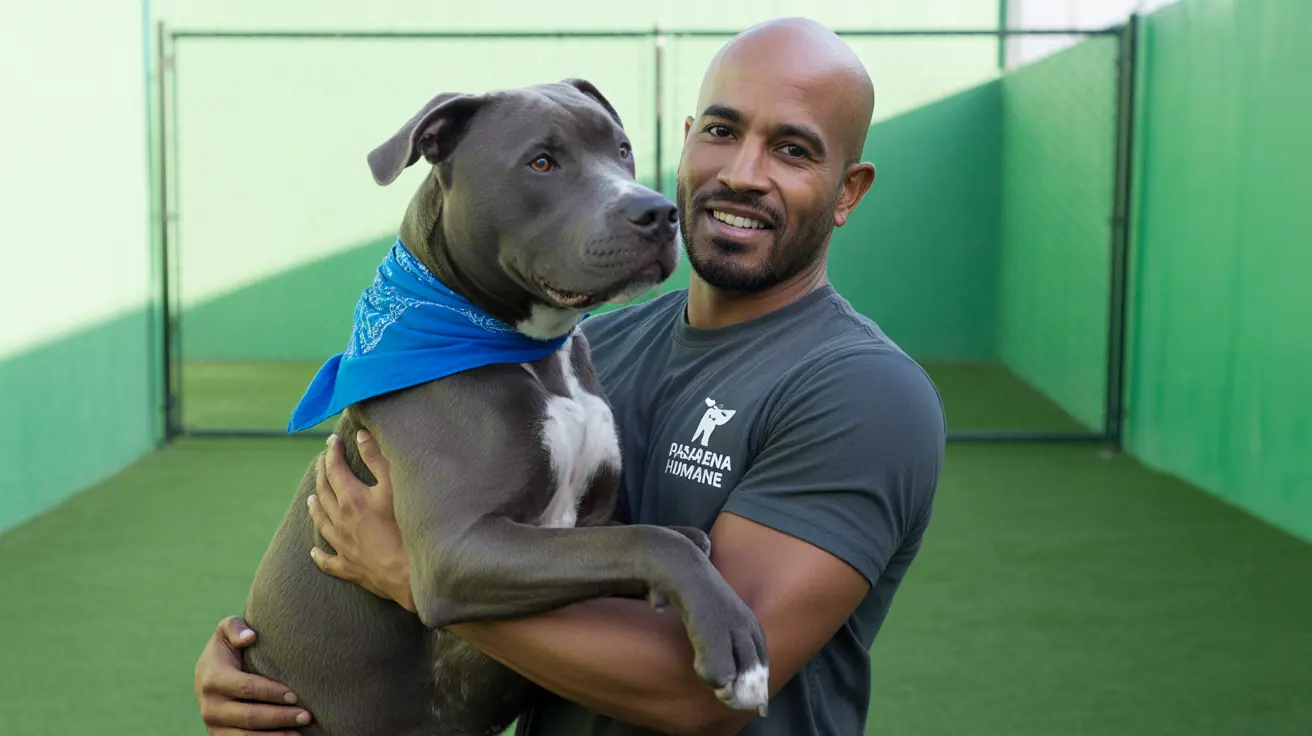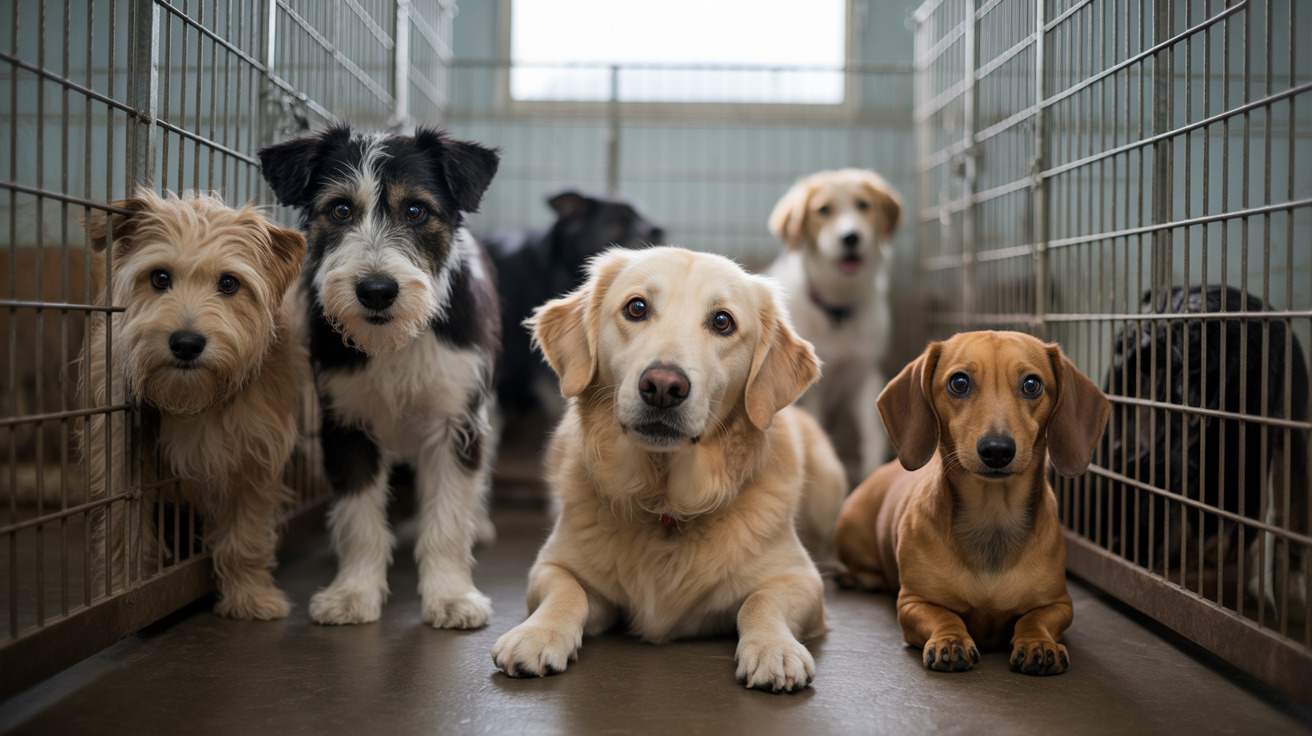The King of Dog Aggression: Understanding the Most Dangerous Breeds
When it comes to assessing canine aggression, it's vital to differentiate between innate breed tendencies and environmental or training factors. While every dog has the potential to exhibit aggressive behavior, some breeds, due to their physicality and historical purposes, are statistically more likely to be involved in serious attacks. The American Pit Bull Terrier consistently ranks at the top of this list. Studies show that while they make up about 6% of the dog population in the U.S., they are responsible for nearly two-thirds of fatal dog bites over multi-year periods. Their bite force, considerable body strength, and determination – often without warning signs before an attack – make them particularly formidable.Key Factors Contributing to Aggression
- Genetics and breeding history: Breeds developed for protection, fighting, or hunting tend to retain instincts that increase the potential for aggression.
- Bite force and size: Larger breeds with powerful jaws pose greater physical risks.
- Training and socialization: Dogs that lack structured training or exposure to various environments often react aggressively to unfamiliar stimuli.
- Owner responsibility: Many attacks trace back to poor management, neglect, or abuse by owners.
Breeds With High Aggression Potential
1. American Pit Bull TerrierBred originally for fighting, they demonstrate immense physical strength and a high pain tolerance. Despite their reputation, proper training and socialization can yield affectionate companions. 2. Rottweiler
Large, muscular, with a bite force of 328 PSI, Rottweilers are territorial and protective. They rank second in fatal attack statistics. 3. German Shepherd
Known for intelligence and service work, they have a strong territorial instinct. Early socialization is critical to curb possessive behaviors. 4. Siberian Husky
Originally a working breed with high prey drive, Huskies have been involved in documented attacks due to their strength and independence. 5. American Bulldog
With around 305 PSI bite force, these muscular dogs may not top the fatality charts but still pose risks when unmanaged. 6. Bullmastiff
Weighing over 100 pounds with up to 552 PSI bite force, they are territorial and powerful. Without obedience training, accidents can be severe. 7. Doberman Pinscher
Bred for guarding, Dobermans have a 600 PSI bite and are highly alert. Their intelligence requires structured environments to avoid hostility. 8. Wolf-Dog Hybrid
These retain wild instincts and are unpredictable. Regular dogs lack their survival-oriented aggression, making hybrids hard to manage.
Why Pit Bulls Lead in Aggression Statistics
- Physical Strength: Their muscular build and 235 PSI bite force allow pit bulls to cause significant damage quickly.
- Lack of warning signs: They often attack without traditional cues, catching victims off guard.
- Prevalence in underserved communities: Poor living conditions, neglect, or being used as status symbols contribute to behavioral issues.
- Fighting background: Centuries of selection for fighting traits are hard to undo without intensive socialization.
Safe Ownership Practices
Whether owning a pit bull or any large dog, responsible ownership is essential.- Early Training: Begin obedience training at a young age.
- Socialization: Exposing dogs to people, animals, and environments helps curb fear-based aggression.
- Spaying and Neutering: Unneutered males are statistically more aggressive.
- Secure Environments: Proper fencing, leash usage, and containment prevent unpredictable incidents.
- Breed Education: Know the risks and behaviors typical of your dog’s breed.





